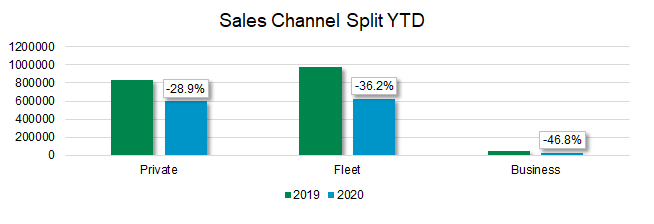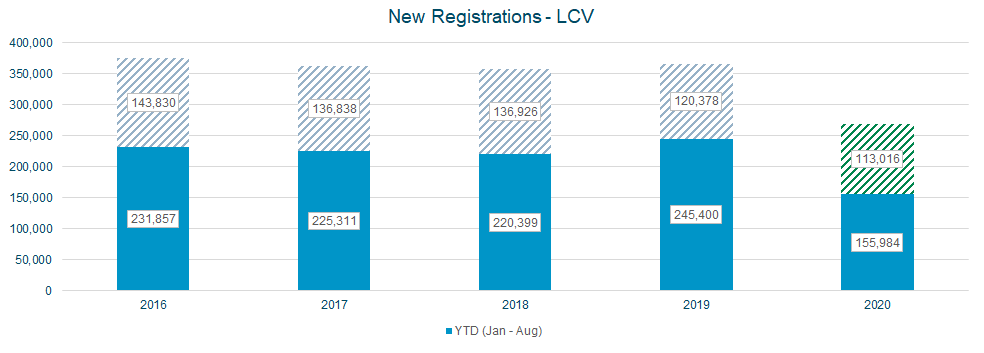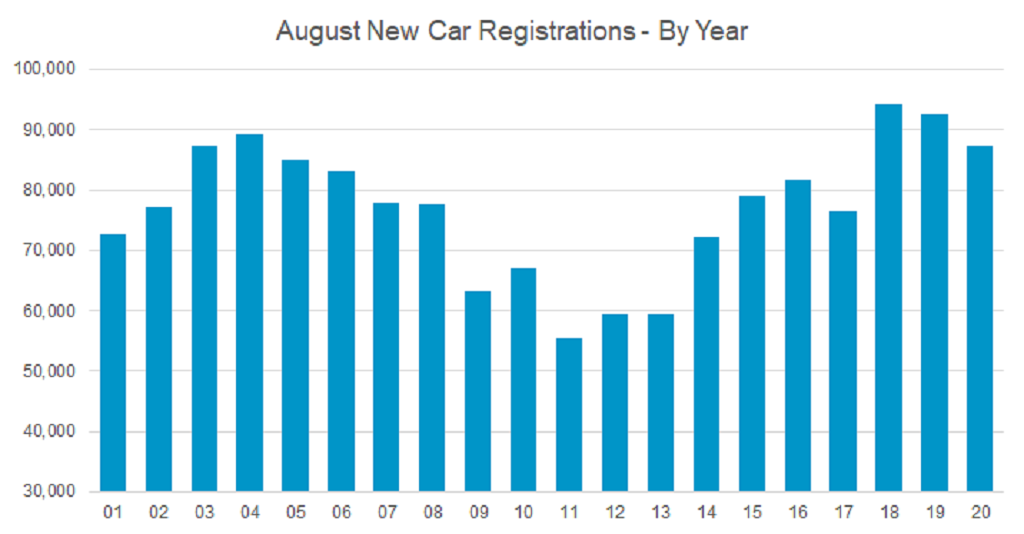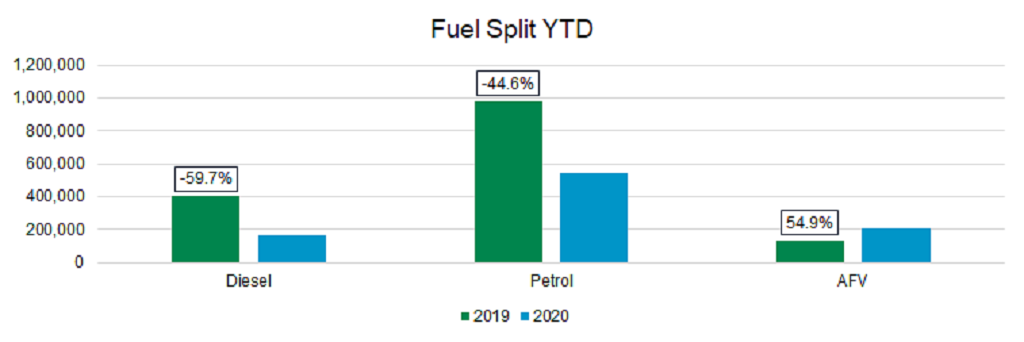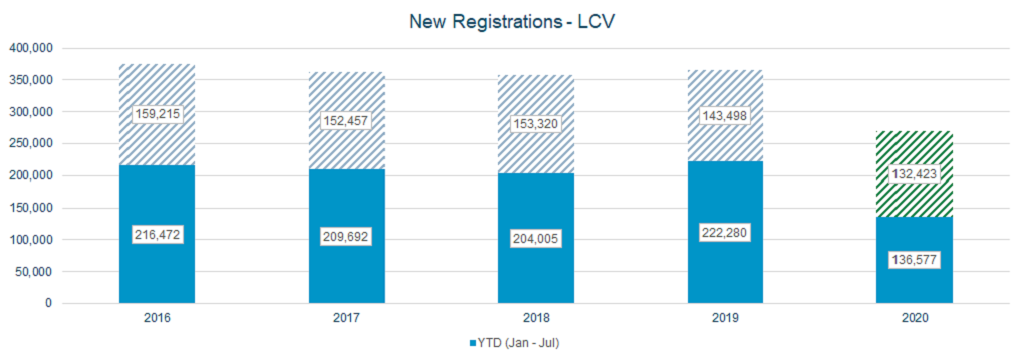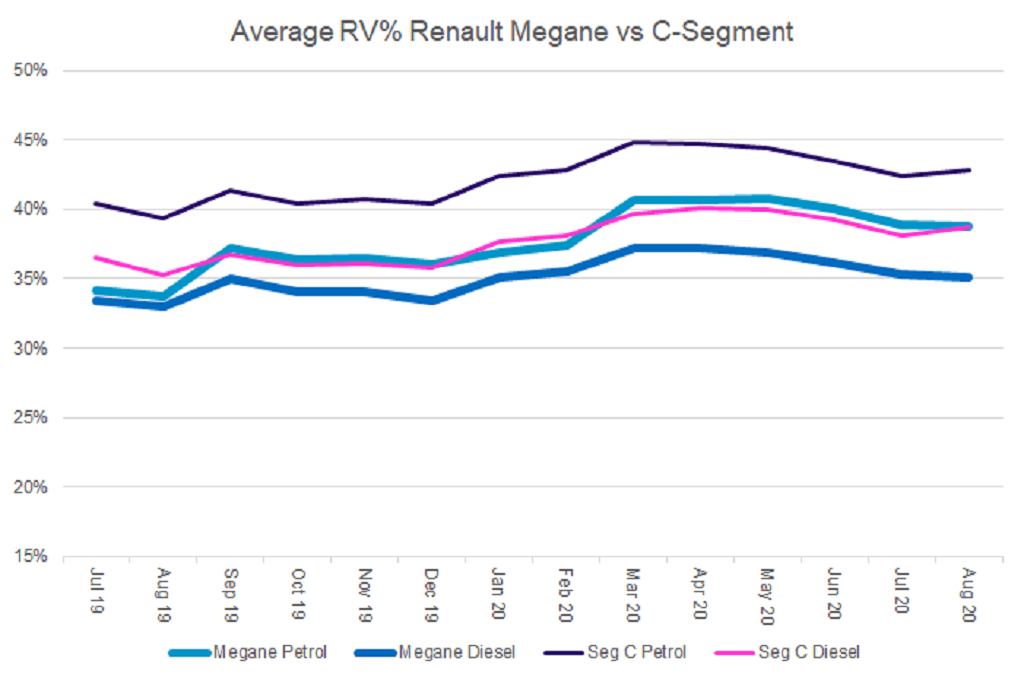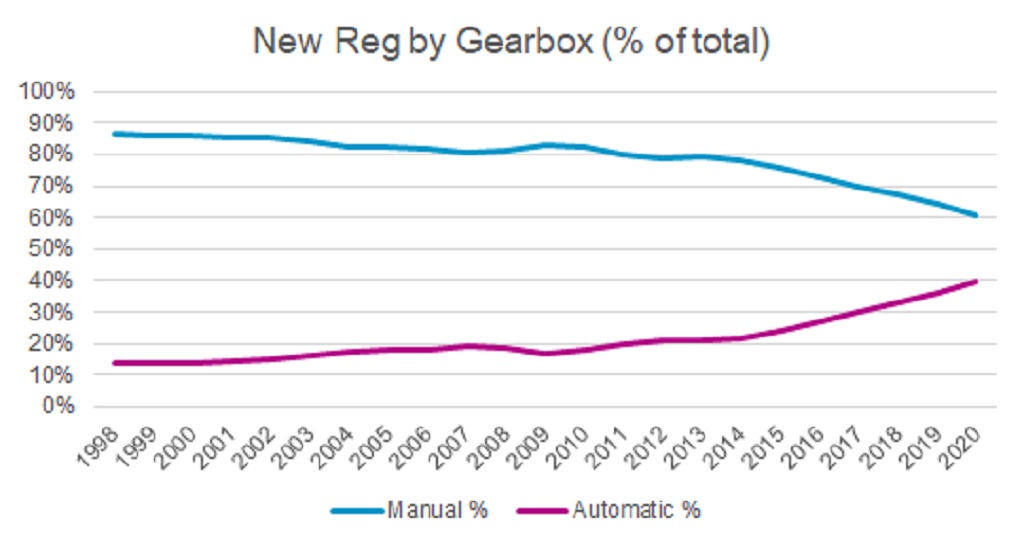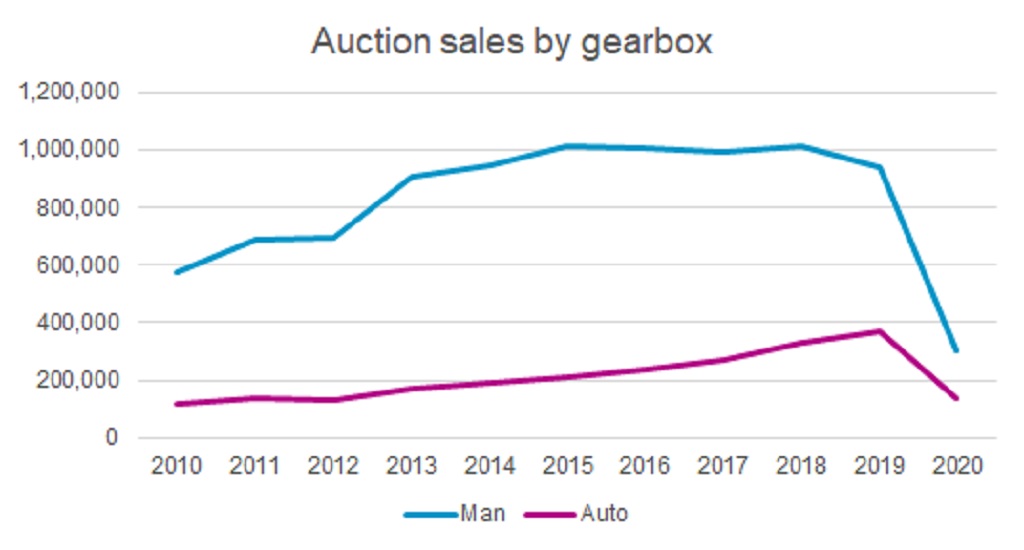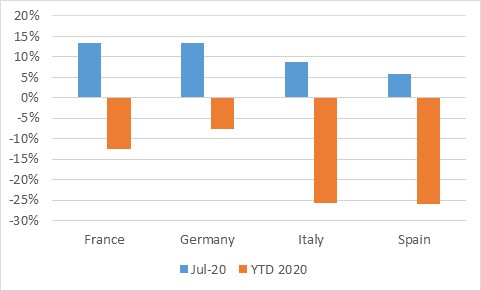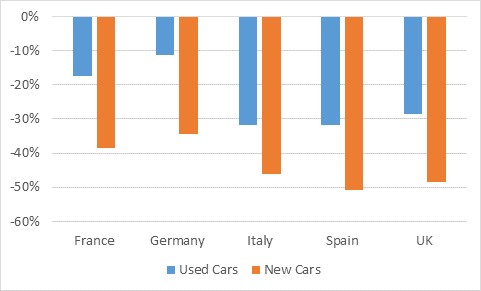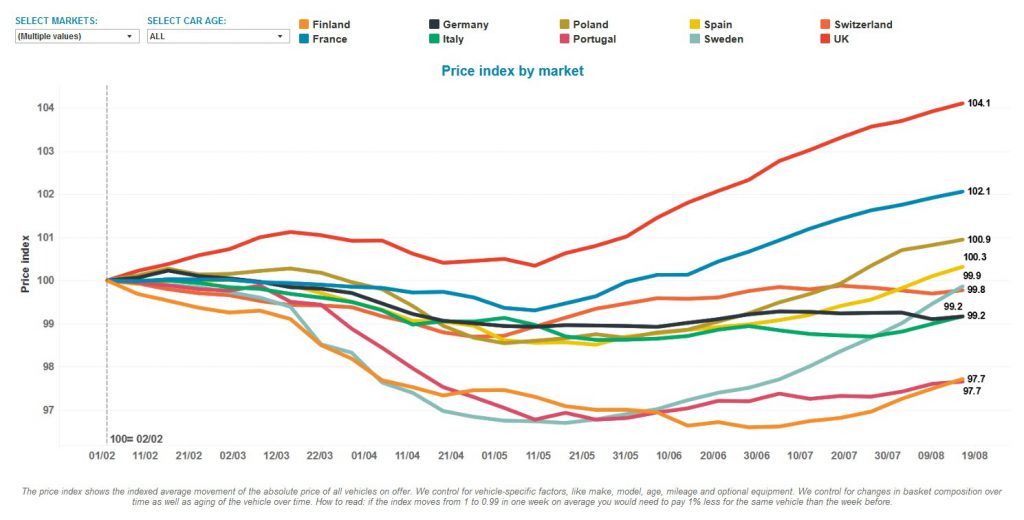There are only 70 days until the UK’s Brexit transition period with the European Union (EU) comes to an end. Currently, there is still no certainty on future trading relationships, or how the UK setting its own regulations will affect businesses and technology developments in the coming years.
Autovista Group wants your views on Brexit, from the impact a ‘no-deal’ would have on the automotive industry in both Europe and the UK, to your opinions on how the two parties have managed the process.
Click here to access our Brexit survey, and tell us how the negotiation uncertainty and the UK leaving the EU is impacting your business and industry.



 Close
Close





